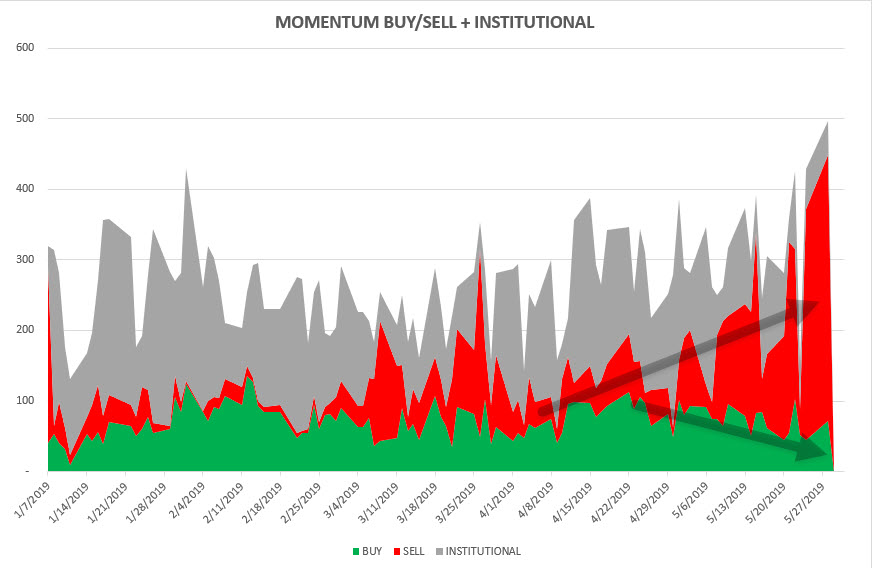 The stock market mantra of “sell in May and go away” is not always the best investment policy. However, seasonality does accurately represent difficult months for the stock market more often than not. Investors have struggled with a trading range that began in January 2018. New highs have been difficult to obtain or sustain.
The stock market mantra of “sell in May and go away” is not always the best investment policy. However, seasonality does accurately represent difficult months for the stock market more often than not. Investors have struggled with a trading range that began in January 2018. New highs have been difficult to obtain or sustain.
So far, the decline in May remains modest, but the cumulative trends in stock returns show that fear favors defensive positioning. In addition, the strong dollar is hurting U.S. multinationals. Retailers are suffering from the Amazon effect and rising costs are squeezing profits. Revenue forecasts remain lower adding to profit distress.
Stock buy-backs are weakening and less able to support current prices. Continuation of these factors increase risks during the summer – a seasonally weak period for stocks. This year, institutional trading is adding to the drag of tariffs on stock performance. The data we track reveals sell side institutional activity is accelerating. The buy side is not participating in what retail investors believe to be “buy the dip” opportunities. For now, our bet is that the institutions know more than “buy the dippers.”

